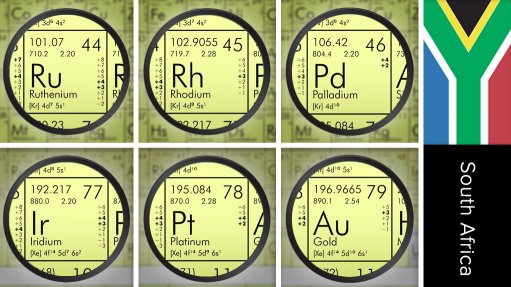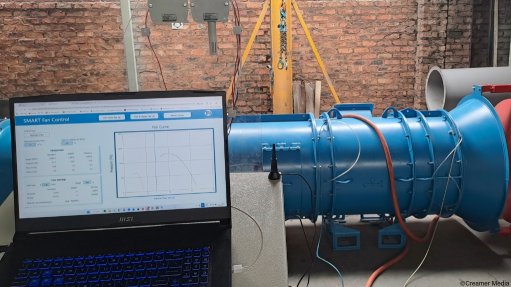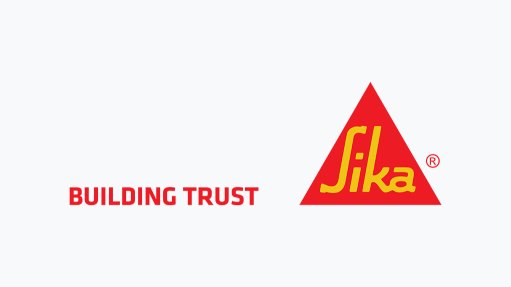Plant beefed up with potable technology

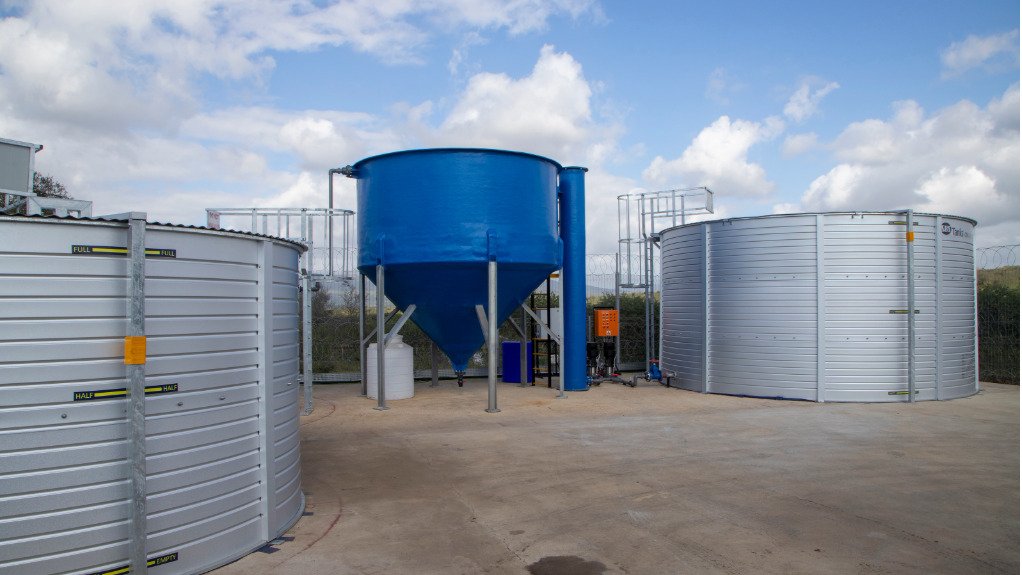
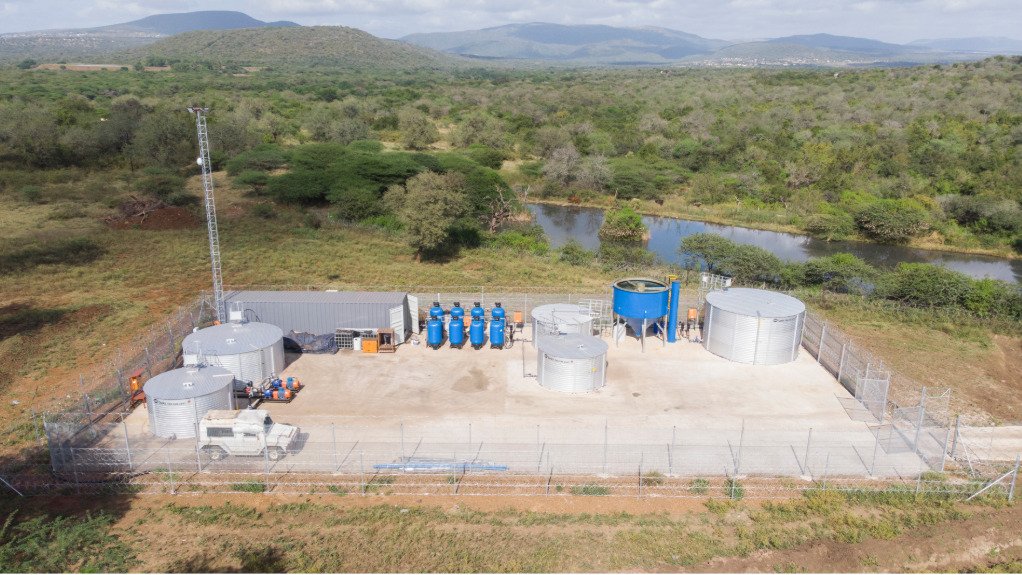
AIDING HOST COMMUNITIES In 2023, the Zululand Anthracite Colliery delivered 88.98-million litres of potable water to the community through the existing waterworks, with 31.47-million litres delivered this year as of April
POTABLE MINE WATER The wastewater treatment plant is designed to treat 240 000 ℓ of wastewater from the Zululand Anthracite Colliery’s operations every 24 hours with reverse osmosis technology providing potable water
As an innovative response to the need for water conservation, anthracite producer Zululand Anthracite Colliery’s (ZAC’s) wastewater reverse osmosis (RO) treatment plant will provide clean drinkable water to about 240 families in the surrounding communities, as well as contribute to the mine’s conservation efforts.
ZAC collaborated with water purification company Dyad Group for the design, installation and commissioning of the water treatment plant – a process which took just over five months to complete.
The plant is designed to treat 240 000 ℓ of wastewater from the mine’s operations every 24 hours with the RO technology removing total dissolved solids and organic and inorganic matter, making the water potable.
ZAC points out that according to the Department of Water and Sanitation (DWS), South Africa is a water-scarce country with an average rainfall of 465 mm, which constitutes half of the global average. In recent years, ZAC also highlights that KwaZulu-Natal (KZN) has faced a water security crisis, with the South African Weather Service’s monthly drought bulletin illustrating a drop in KZN’s average dam levels between 2023 and this year.
On June 10, 2023, KZN dam levels were recorded at 90.8% and dropped to 90.7% during the same period this year, prompting the DWS to urge KZN residents to use water sparingly.
ZAC’s water treatment plant is innovative and sustainable, having the dual benefit of reducing the mine’s waste footprint and generating additional supply for host communities.
The plant has the capacity to supply about 240 families with water, based on the average use of 1 000 ℓ/d a household, notes Dyad Group project manager Samantha Chigwedere.
The mine embarked on the project to ramp up environmental efforts, states ZAC project manager Howard Atkinson.
The commitment ZAC has made to conserve water and reduce its wastewater volumes played a pivotal role in the decision to install the RO plant, he adds.
Treatment Process
The wastewater flowing from ZAC’s Outcrop, Deep E and Ngwabe operations is captured in a reservoir, whereupon it is treated through the RO plant.
Normally, such water would be recycled back into the mine’s coal processing cycle, however, ZAC decided to take it a step further by making it potable.
The water is initially pumped into a 84 m3 raw water reservoir, through a chemical composition-monitoring and control system, to a flocculant automatic dosing system and then to a clarifier, where the suspended matter is precipitated.
The heavy matter coagulated settles at the bottom and cleaner water will overflow into reservoir tanks.
From collection tanks, there are an array of filtration media and softeners, ensuring the removal of remnant suspended solids, odours, inorganic and organic matter.
After filtration and softening, water is then pumped to the RO system, which is specifically designed for the mine’s wastewater quality of purification. After the RO plant, the water flows to a treated water reservoir and is disinfected to ensure that the water is safe to be consumed by humans.
“We use chlorine dioxide which is the preferred method of disinfection according to the World Health Organisation. Chlorine dioxide provides a prolonged residual disinfection efficacy,” explains Chigwedere.
She further elaborates that it continues to be effective even with the concentration as low as 0.1 parts per million, and will maintain the efficacy over a wide chemical composition range and, unlike chlorine, does not produce reaction by-products.
Chigwedere adds that the plant will be periodically maintained to ensure that it performs optimally, with a full-time plant operator that will monitor and conduct daily water tests on site.
The initiative will increase capacity to ZAC’s pipeline which has supplied water to the community over the years.
As of April, 31.47-million litres of water were delivered to the community through the existing waterworks, while a total of 88.98-million litres was provided in 2023.
Article Enquiry
Email Article
Save Article
Feedback
To advertise email advertising@creamermedia.co.za or click here
Press Office
Announcements
What's On
Subscribe to improve your user experience...
Option 1 (equivalent of R125 a month):
Receive a weekly copy of Creamer Media's Engineering News & Mining Weekly magazine
(print copy for those in South Africa and e-magazine for those outside of South Africa)
Receive daily email newsletters
Access to full search results
Access archive of magazine back copies
Access to Projects in Progress
Access to ONE Research Report of your choice in PDF format
Option 2 (equivalent of R375 a month):
All benefits from Option 1
PLUS
Access to Creamer Media's Research Channel Africa for ALL Research Reports, in PDF format, on various industrial and mining sectors
including Electricity; Water; Energy Transition; Hydrogen; Roads, Rail and Ports; Coal; Gold; Platinum; Battery Metals; etc.
Already a subscriber?
Forgotten your password?
Receive weekly copy of Creamer Media's Engineering News & Mining Weekly magazine (print copy for those in South Africa and e-magazine for those outside of South Africa)
➕
Recieve daily email newsletters
➕
Access to full search results
➕
Access archive of magazine back copies
➕
Access to Projects in Progress
➕
Access to ONE Research Report of your choice in PDF format
RESEARCH CHANNEL AFRICA
R4500 (equivalent of R375 a month)
SUBSCRIBEAll benefits from Option 1
➕
Access to Creamer Media's Research Channel Africa for ALL Research Reports on various industrial and mining sectors, in PDF format, including on:
Electricity
➕
Water
➕
Energy Transition
➕
Hydrogen
➕
Roads, Rail and Ports
➕
Coal
➕
Gold
➕
Platinum
➕
Battery Metals
➕
etc.
Receive all benefits from Option 1 or Option 2 delivered to numerous people at your company
➕
Multiple User names and Passwords for simultaneous log-ins
➕
Intranet integration access to all in your organisation








